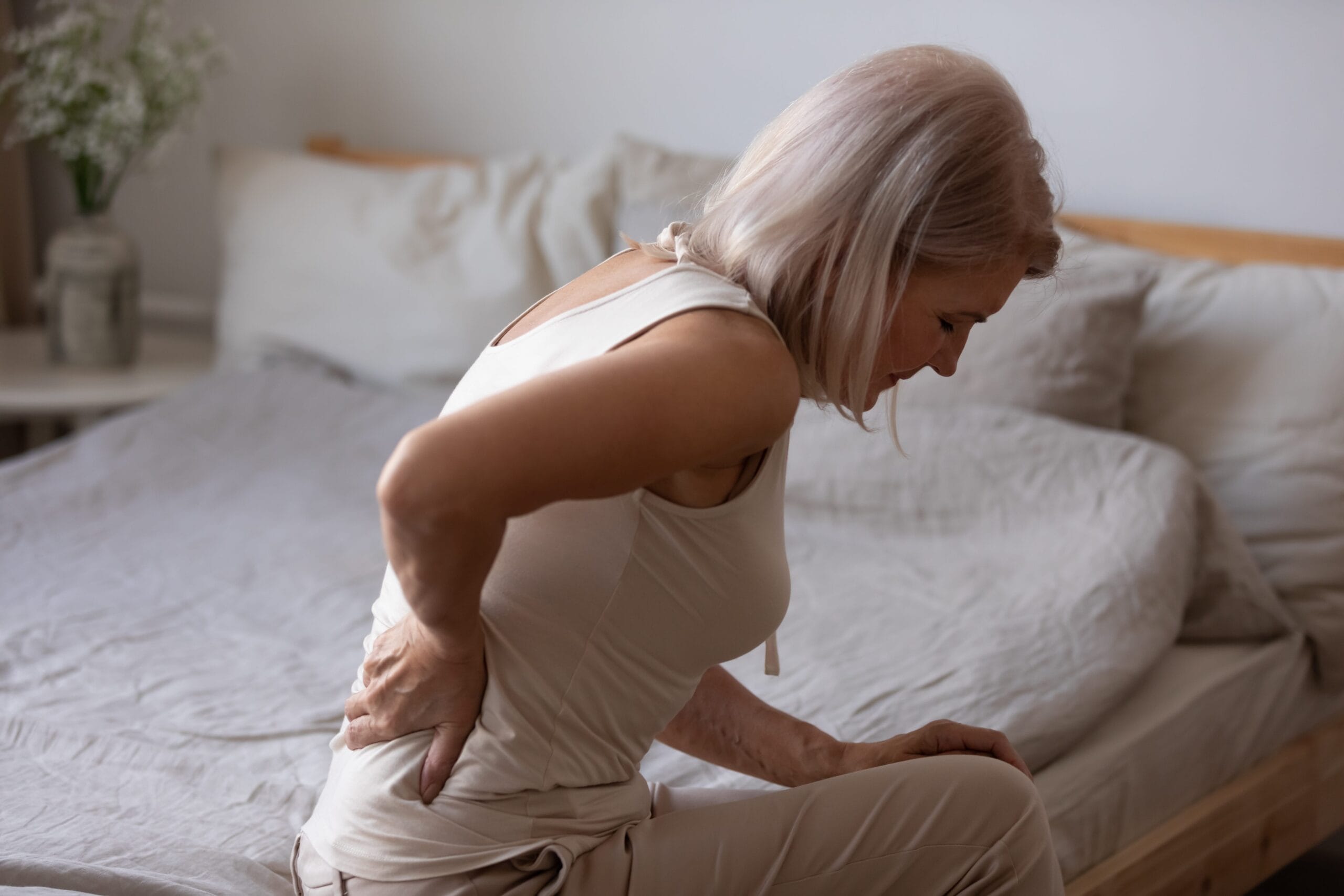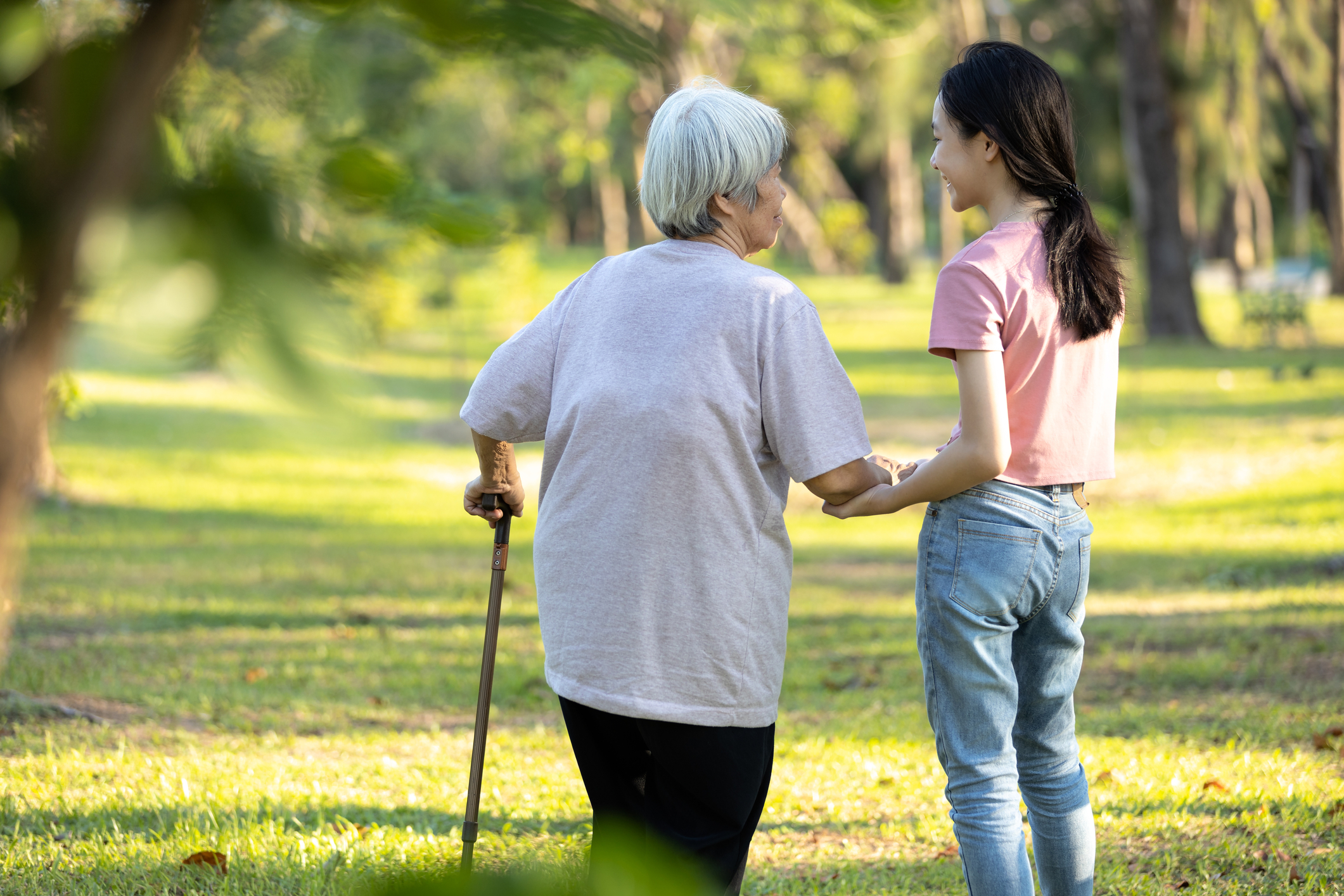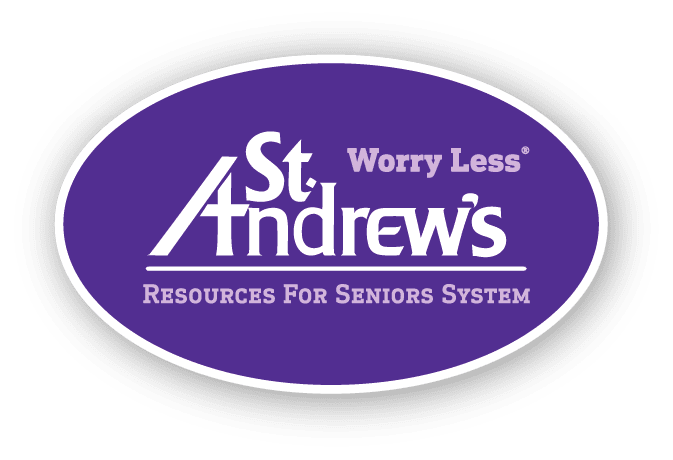Osteoporosis Symptoms — What to Know About Osteoporosis

Experts estimate that osteoporosis affects 200 million people all around the world. To put these numbers into perspective, the International Osteoporosis Foundation speculates that about a third of women and a fifth of men over the age of 50 will develop this condition at some point during their lives. A serious medical condition, this disease is characterized by weakened bones, low bone mass, lack of balance, and bone loss, all of which can lead to serious complications like falls and fractures. According to some estimates, over 268,000 people in the US are hospitalized every year due to osteoporosis-related fractures, making this disease a major health concern for older adults everywhere.
What is Osteoporosis?
- Misplacing everyday items: Occasional misplacement of items such as the TV remote or car keys is typical. However, individuals usually find them after retracing their steps.
- Occasional forgetfulness: It's common to have some difficulty in finding the right words or to occasionally forget something that someone just mentioned and ask them to repeat themselves once. This is usually due to momentary lapses in attention.
- Slight issues with name recall: Forgetting someone's name but later recalling it or mistakenly calling a grandchild by their sibling's name is often attributed to harmless memory lapses.
- Missing appointments here and there: Having small issues keeping track of dates and missing a doctor's appointment scheduled a month ago can happen to anyone, especially those with a busy schedule full of daily tasks and social obligations.
- Confusion with complex tasks: Becoming temporarily confused when managing complex tasks like finances or organizing a trip is common. It may lead to temporary frustration but doesn't necessarily signal a significant issue.
7 Early Signs of Dementia/Alzheimer’s Disease
Osteoporosis means “porous bones.” As the name suggests, people with this medical condition have porous bones that are weak and brittle, putting them at higher risk of fractures and falls.
What are the Symptoms of Osteoporosis?
Many professionals call osteoporosis a silent disease because its symptoms are easy to miss or are common signs of other conditions.
That said, common signs of osteoporosis include:
- Back pain
- Loss of height
- Slouching or a hunched back
- Frequent falls
- Broken bones
What Causes Osteoporosis?
Like most other medical conditions, there is no single cause of osteoporosis; it can occur due to a variety of factors, including those that are unavoidable, like age, and those that are within our control, like smoking.
Common risk factors of osteoporosis include:
- Sex - Cisgender women are much more likely to experience this condition than cisgender men.
- Menopause - Post-menopausal women are at the greatest risk of developing this condition due to declining estrogen levels.
- Age - People of any sex over the age of 50 are more likely to develop this condition than any other age group.
- Diet - People with poor diets lacking in essential vitamins and nutrients are at enhanced risk for this condition.
- Body size - People with a smaller weight and build are more likely than people of other body types to develop this condition.
- Race - White, Mexican American, and Asian women are more likely than women of other races to develop this condition.
- Family history- Having either a family history of osteoporosis or a parent with a hip fracture greatly increases someone's own risk of osteoporosis.
- Low calcium levels - Calcium is a critical nutrient for developing and maintaining healthy bones. Having low calcium levels can lead to declining bone health and loss of bone mass.
- Low vitamin D levels - Vitamin D helps the body absorb calcium. So, even if someone gets enough calcium, if vitamin D levels are too low, the body can't put that calcium to good use and create strong bones.
- Other nutrient deficiencies - Having low levels of other vitamins and minerals, including phosphorus, magnesium, and vitamin K, can also put someone at greater risk of osteoporosis.
- Endocrine disorders - Experts link endocrine disorders, or disorders that affect the thyroid glands, parathyroid glands, and other hormonal centers, to heightened risk of osteoporosis.
- Cancer - Certain cancers, like breast cancer and prostate cancer, increase the risk for low bone density and fractures.
- Autoimmune disorders - Experts associate autoimmune disorders like rheumatoid arthritis and HIV/AIDS to increased risk for this condition.
- Medication use - Prolonged use of certain medications—including antiepileptics/anticonvulsants, proton pump inhibitors (PPIs), and corticosteroids—may increase the risk of poor bone health.
- Alcohol use - Long-term, heavy alcohol use can increase the risk of developing osteoporosis and experiencing fractures.
- Smoking - Smoking can result in low bone mass, making someone more susceptible to developing osteoporosis and fractures.
- Physical inactivity - Lack of exercise can hinder the body's ability to create new bones.
How is Osteoporosis Diagnosed?
When someone has osteoporosis, the body is unable to create enough new bone to replace the loss of old bone, leading to low bone mass or low bone density. A bone density test can therefore help medical professionals diagnose this condition.
Bone density scans that can check bone mineral density include:
- Standard X-rays
- DEXA scans (dual-energy X-ray absorptiometry)
- Specialized CT scans
Tests with low bone density results signal a bone disease like osteoporosis or osteopenia. Osteopenia is a condition characterized by low bone mass, and it is not as severe as full-blown osteoporosis. While many people with osteopenia eventually develop osteoporosis, not everyone does, highlighting the importance of early diagnosis and treatment.
How is Osteoporosis Treated?
Left untreated, this condition leads to an increased risk of falling, joint and back pain, and bone fractures, especially hip, wrist, forearm, and spinal fractures.
Popular osteoporosis treatments include:
How to Prevent Osteoporosis
An ounce of prevention is worth a pound of cure! While it is not possible to control all risk factors for osteoporosis, some are within our control, meaning that we can take actions now to reduce our risk of developing this condition later in life.
To learn more about how to prevent and treat osteoporosis, please go here.
Caring for Older Adults with Osteoporosis at St. Andrew's
St. Andrew's is all about catering senior care to the individual needs of each and every resident that enters our network of senior living communities. That means helping a resident with osteoporosis prevent falls with easy room layouts, crafting meals that meet all dietary needs, and helping the resident discover a physical activity to enjoy. No matter what someone needs, our dedicated team of compassionate professionals can work with each resident to create a care plan and lifestyle that works for them.
Disclaimers - This article does not constitute professional medical advice; it cannot diagnose, treat, cure, or prevent any disease or condition. Always consult with a licensed medical professional/healthcare provider before beginning any new exercise programs, diets, or supplement routines.







